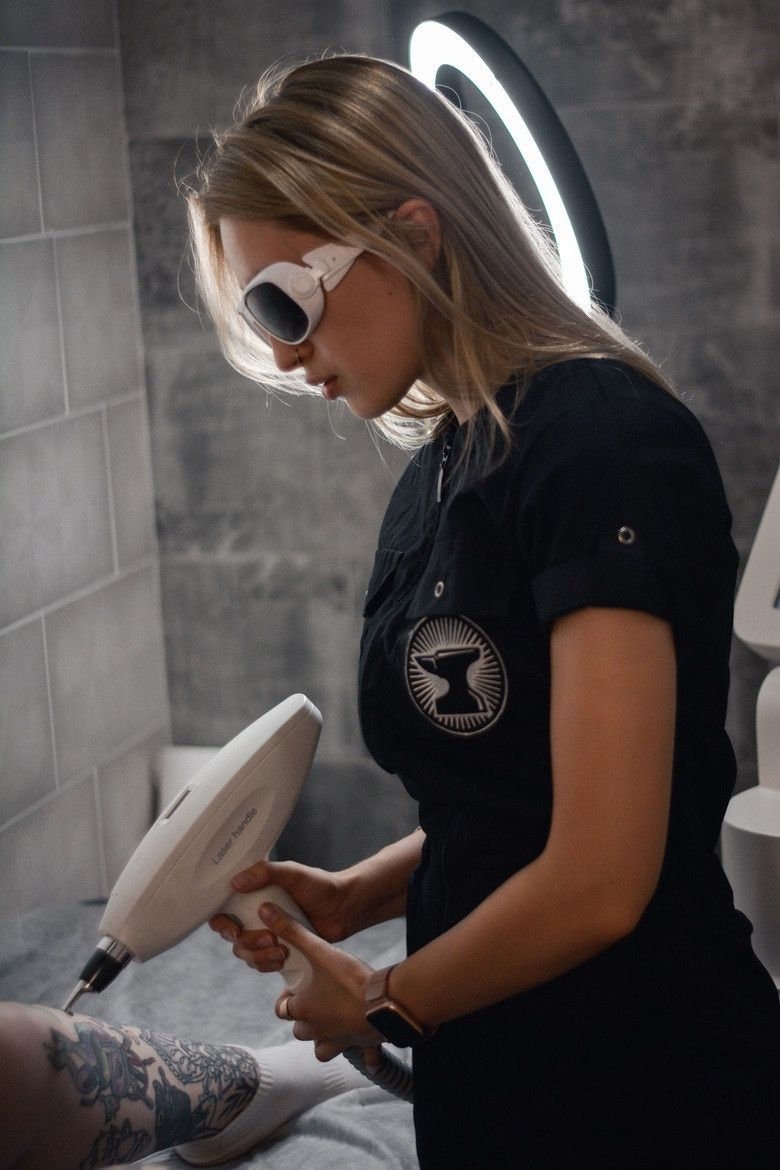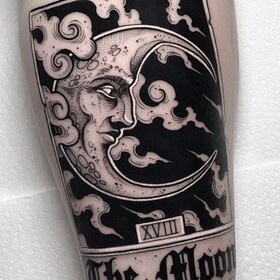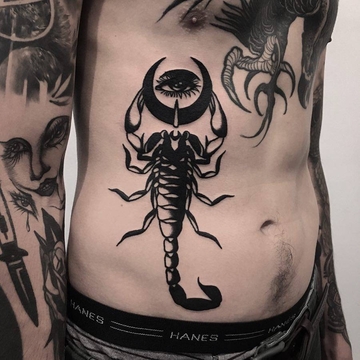Answers to the Most Common Questions About Laser Tattoo Removal in Plain Language

We have written about laser tattoo removal many times, but questions from our readers continue to come in.
So, we've compiled the most common questions from our readers on this topic and will try to provide answers to them in the simplest and most understandable language. The questions will be answered by a medical specialist in laser tattoo removal, the owner of the popular TikTok channel on tattoo removal @gromovatattoo, and a representative of the Kolnya tattoo studio - Elizaveta Gromova!
Surprisingly, many of my clients and students have a lot of concerns and stereotypes about laser tattoo removal. Of course, these concerns are usually dispelled during a session or in the first training class, but based on my experience, I can say that the same questions remain relevant. So, let's address them in this article.

A Brief Overview of the Tattoo Removal Process
To remove tattoos, nanosecond and picosecond Q-switched lasers are traditionally used. The main difference between picosecond lasers and nanosecond lasers is the extremely short duration of the pulse and the high peak power of the pulse. This means that picosecond lasers will break down the pigment particles more intensively, making the removal process faster than with a nanosecond laser. The basic principle of both of these lasers is that they break down the pigment in our skin into smaller particles, which our immune system then eliminates. This process takes 6-8 weeks, after which the procedure can be repeated. It is difficult to predict the total number of sessions needed as it depends on many factors.
The Most Frequently Asked Question: Is Tattoo Removal Painful?
To be honest, I would be lying if I said it's not painful. However, it's tolerable, and no one has ever run away from the procedure. It's slightly more painful than getting a tattoo, but it's also very fast. For a 5x5 cm tattoo, the removal session lasts only a couple of minutes, so you can endure it. In addition, to reduce sensitivity, any respectable artist, as well as their clients, uses cold packs or cryo machines (Cryogen - a liquefied gas used to cool the skin) during the session. Thanks to cooling, the procedure is quite tolerable.
I ask each of my students not to deceive potential clients by saying it's not painful. I explain that the pain scale for tattoo removal is similar to the pain scale for getting a tattoo, so the pain level depends on the body part, and the more sensitive the area, the more painful it will be.
Can Amateur Tattoos Made with Gel Pens or Ink Be Removed?
When it comes to ink or gel pens, these non-professional tattoos are actually easier to remove than regular tattoos. Since these pigments are not meant to stay in the skin and have a less dense texture, they are easily broken down by the laser and eliminated by the immune system. Professional tattoos, on the other hand, are "engraved" much deeper into the skin, making their removal more challenging. Often, only one session is needed to remove amateur tattoos, while several sessions are typically required to remove professional tattoos.
When it comes to gel pens, it's not that simple. Since the mechanism of laser removal involves breaking down pigment particles in the skin into smaller particles, the main challenge is that gel particles are not easily broken. Gel has the ability to revert to its original state, so it's almost impossible to remove gel ink with a nanosecond Q-switched laser. However, a picosecond Q-switched laser, with its higher peak power, can handle this task since it can break down the gel more effectively.
Can You Remove a Tattoo and Get a New One in the Same Place?
You can remove an old tattoo with a laser or just lighten it after a few sessions and, once it's fully healed, you can get a new tattoo in the same place. In this case, it's essential to follow timeframes: at least 6 weeks should pass between removal sessions,

















Comments (8)